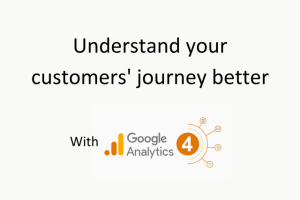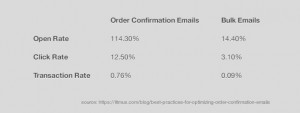
Understanding Your Customer
Before you can create a marketing strategy that works, you will need to identify your target customer. Your target customer is the person who is most likely to purchase your products or services, and who is most likely to establish a relationship with you. The majority of your marketing will be geared towards your target customer. However, you may decide to reach out to a wider audience on occasion.
Identifying your target customer is not as easy as you might think. You may be tempted to do a little market research to find out which demographic spends the most money on your products and services, and then define that demographic as your target. There’s one problem with that. Every other business in your niche is doing the same thing. This puts you in the position of competing with every other business in your space. You should definitely do some market research. What you want to find is a customer group who is highly interested in your products or services, but who isn’t getting their needs met. If you can aim for that group, the rest of your efforts will be much easier.
Once you identify the customer group that will get your focus, you need to learn more about them. Remember that marketing, especially if your customer base is under 40, is more about creating relationships and branding than it is enticing them with a hard sell. In order to get to know your customers better, you will need to understand their interests, concerns, habits, and behaviors. You will use this understanding to determine where and how to concentrate your marketing efforts.
Knowing Your Product or Service and Creating Your Branding Statement
Before you can put pen to paper to write any sort of marketing content, you have to understand your products and services, and you have to put together a branding statement. Understanding your products and services means that you must determine not only what you sell, but also why customers would buy from you over your competitors. Perhaps you offer added convenience. You may also offer an enhanced level of service, or maybe you have found a way to present your products and services in a way that represents luxury and high quality. Whatever you identify is the element that you will exploit in your marketing efforts, because that is what will convince customers to choose your business instead of one of your competitors.
Your brand is not always easy to identify because branding isn’t an exact science. Part of branding is visual. For example, if you are driving down the highway and see a dark, brown, box truck, you immediately think UPS. If you see a green tractor, you think John Deere. In many cases, you can recognize a company based on other visual factors. These include the color of the workers’ uniforms, the shape of their logo, the colors used in their logo, or the color schemes used in their advertisements. Advertising slogans and catchphrases are also part of a company’s branding, as is its spokesperson(s). All of the preceding elements are tangible and easy to define. The second part of branding isn’t so easy. This is the emotional side of branding. What do you want your customers to feel when they think of your company, or when they hear about your company. If you operate a website selling used video games, you may want your customers to associate your company with youth, fun, bargains, and nerd or gamer culture.
Determining Where And How to Reach Your Customers Online
Because you have done the preliminary work of learning about the target customers for your startup, you will have a good idea of their online habits. This will help you determine the following:
Which social media platforms to use
Which types of content your audience will respond to
What content is likely to be shared
Whether or not your audience is more likely to use mobile
Knowing where to target your audience is really important, because it prevents wasted effort. For example, you may elect to ignore Instagram, if you find that your target audience doesn’t have a presence n that platform. If you have a younger audience, you may want to focus on marketing content that is heavy on video and images.
Measuring Testing and Revisiting
In order to determine whether or not your marketing efforts are successful, you need to decide on a method of measuring customer response. Metrics that you should consider are, inbound links, bounce rates, time spent on page, answers to CTA, video view-throughs, and landing page hits. Social shares are another important metric. You can use these metrics to determine which content is working, and which content needs to be adjusted. Finally, you may wish to set up testing for new content prior to releasing it to your full audience.
Business & Finance Articles on Business 2 Community(40)






